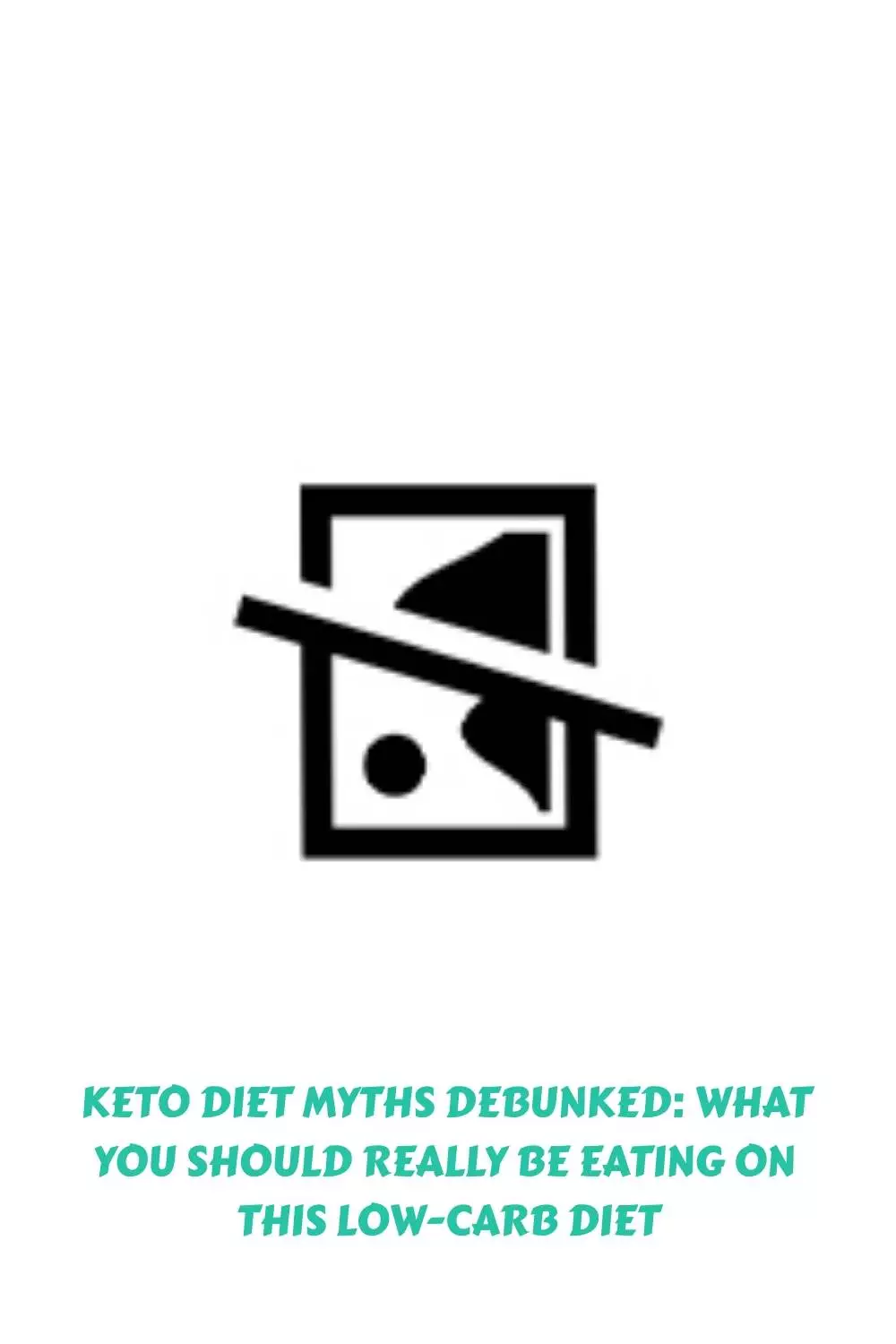Keto Diet Myths Debunked: What You Should Really Be Eating on This Low-Carb Diet
The ketogenic diet has become increasingly popular in recent years, with many people turning to this low-carb diet as a way to lose weight and improve their health. However, there are still several myths surrounding the keto diet that can make it difficult for individuals to navigate what they should be eating while following this plan. In this guide, we’ll debunk some of these common misconceptions and provide you with an ultimate guide to the best foods for a successful keto diet plan.
Tips and Tricks for Beginners Starting Out on the Ketogenic Diet
If you’re just starting out on the keto diet, it can be overwhelming to know where to start. Here are some tips and tricks to help you get started on your keto journey:
1. Start by reducing your carbohydrate intake gradually until you reach your target carb count.
2. Focus on consuming high amounts of healthy fats such as avocado, nuts, seeds, oils, butter, and coconut oil.
3. Increase your protein intake to support muscle mass and promote satiety.
4. Stay hydrated by drinking plenty of water throughout the day.
5. Use intermittent fasting techniques like the 16/8 method or extended fasting windows to optimize fat burning.
How Much Fat, Protein, and Carbs Should I Consume on the Keto Diet?
When following the keto diet, it’s essential to track your macronutrients carefully to ensure that you’re staying within the recommended ranges. The general guideline is to consume around 70% of your daily calories from fat, 20% from protein, and only 10% from carbohydrates. However, individual needs may vary depending on factors such as age, sex, activity level, and body composition goals. It’s important to experiment with different ratios to find what works best for your unique physiology.
Common Misconceptions About the Keto Diet and Why They’re Wrong
Despite its growing popularity, there are still several misconceptions about the keto diet that can lead to confusion and frustration for those trying to follow this plan. Here are some of the most common misconceptions and why they’re wrong:
Misconception #1: All fruits are off-limits on the keto diet. While certain types of fruit such as bananas and grapes are higher in sugar and carbohydrates, other fruits such as berries and citrus fruits can fit into a keto diet if consumed in moderation.
Misconception #2: All vegetables are allowed on the keto diet. While many vegetables are low in carbohydrates and can be included on the keto diet, some vegetables such as potatoes and sweet potatoes contain significant amounts of carbohydrates and should be limited.
Misconception #3: Alcohol is completely off-limits on the keto diet. While hard alcohol and sugary mixers should be avoided, some types of alcohol such as red wine and whiskey contain minimal carbohydrates and can be consumed in moderation.
Is Intermittent Fasting Compatible with the Keto Diet?
Intermittent fasting (IF) can be a powerful tool for optimizing fat burning and improving insulin sensitivity when combined with a low-carb diet like the keto diet. There are several methods of IF that can be used alongside the keto diet, including the 16/8 method, the 5:2 method, and extended fasting windows. When using IF with the keto diet, it’s essential to pay close attention to your macronutrient ratios to ensure that you’re staying within the recommended ranges.

